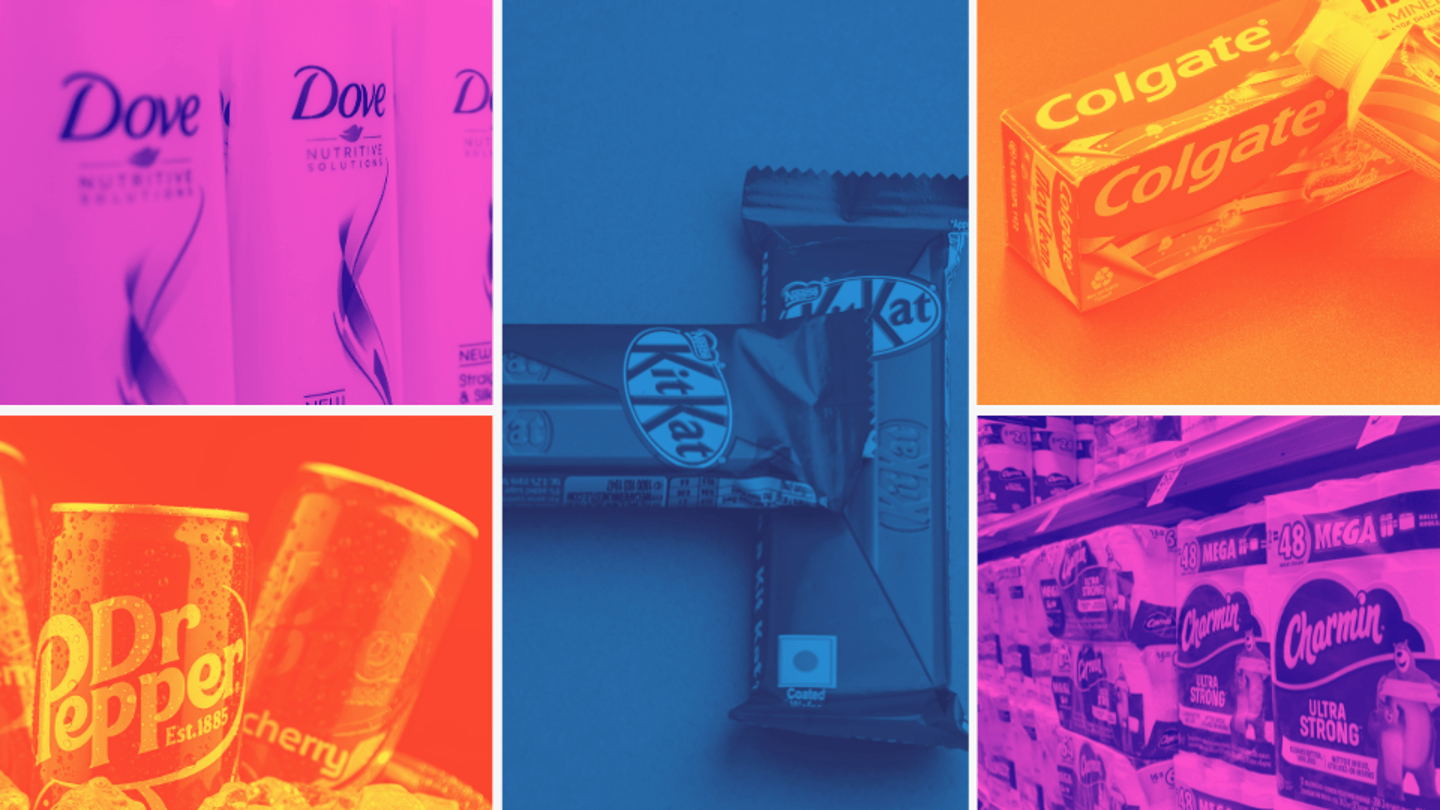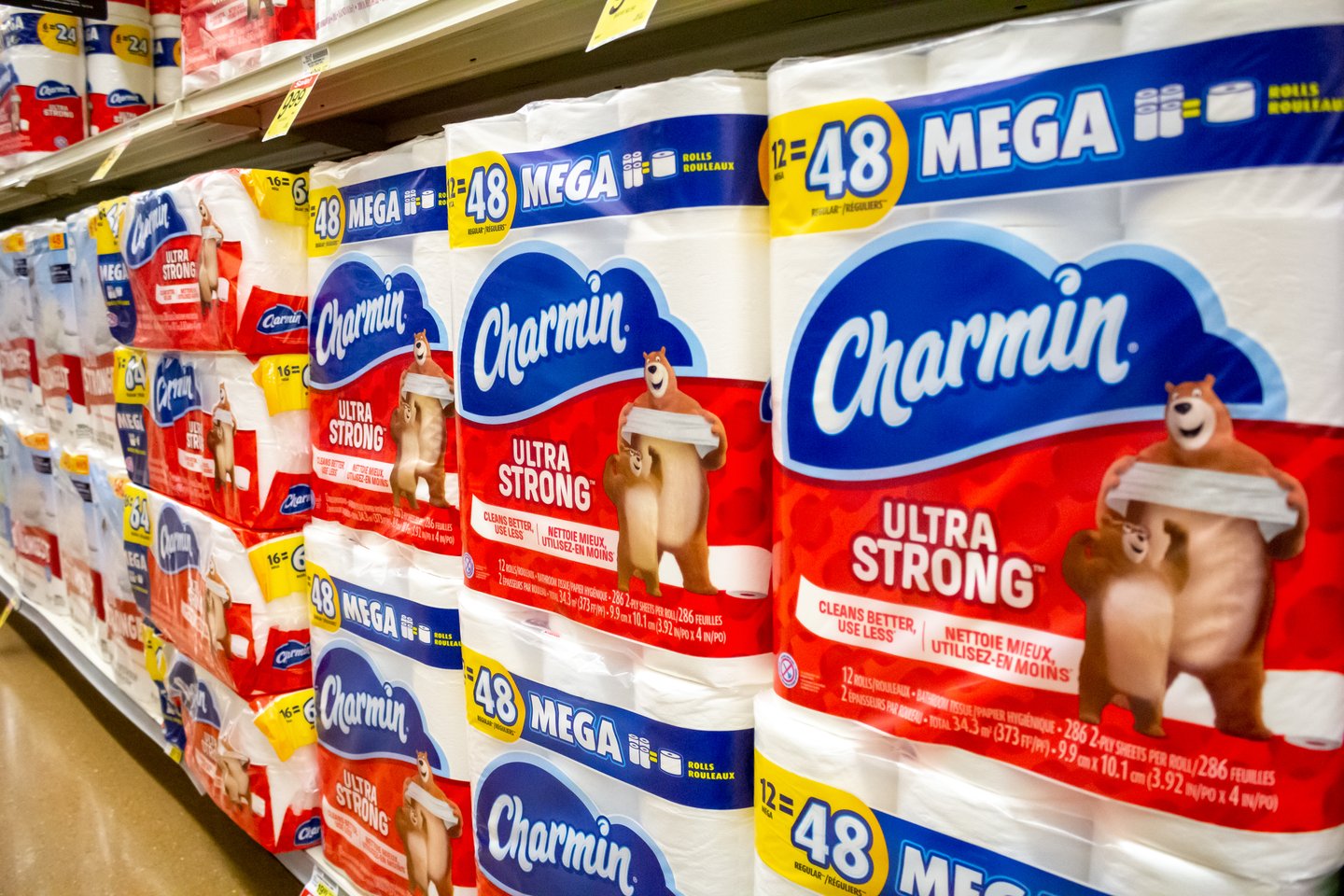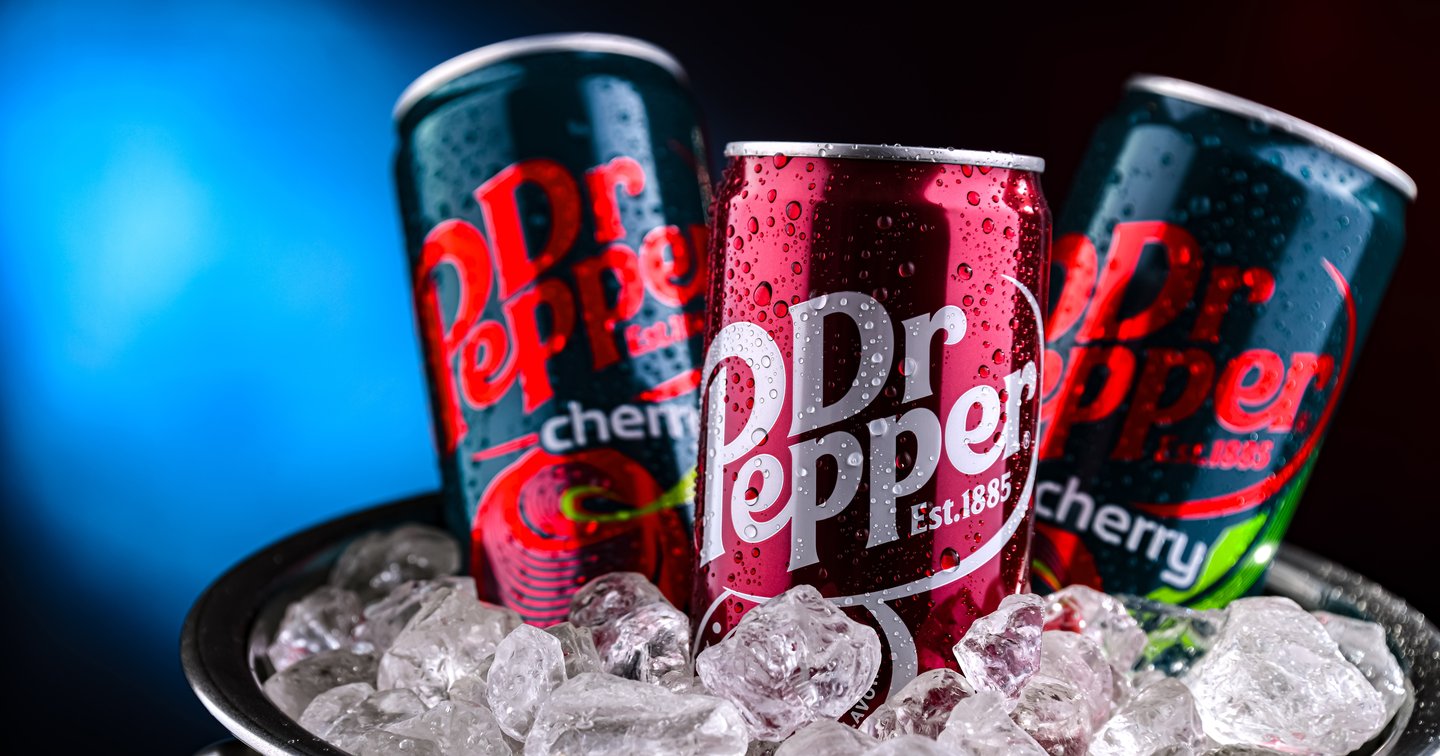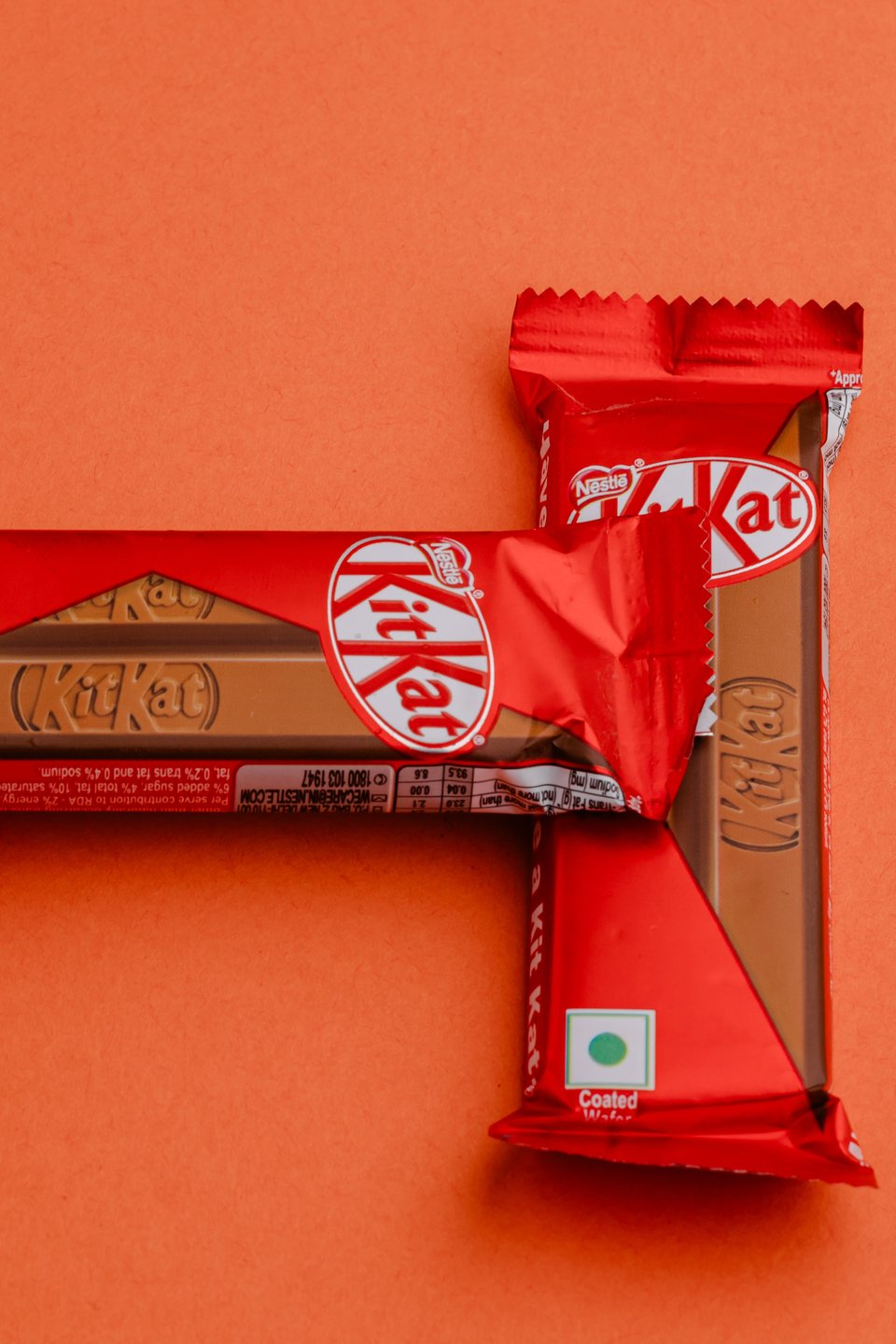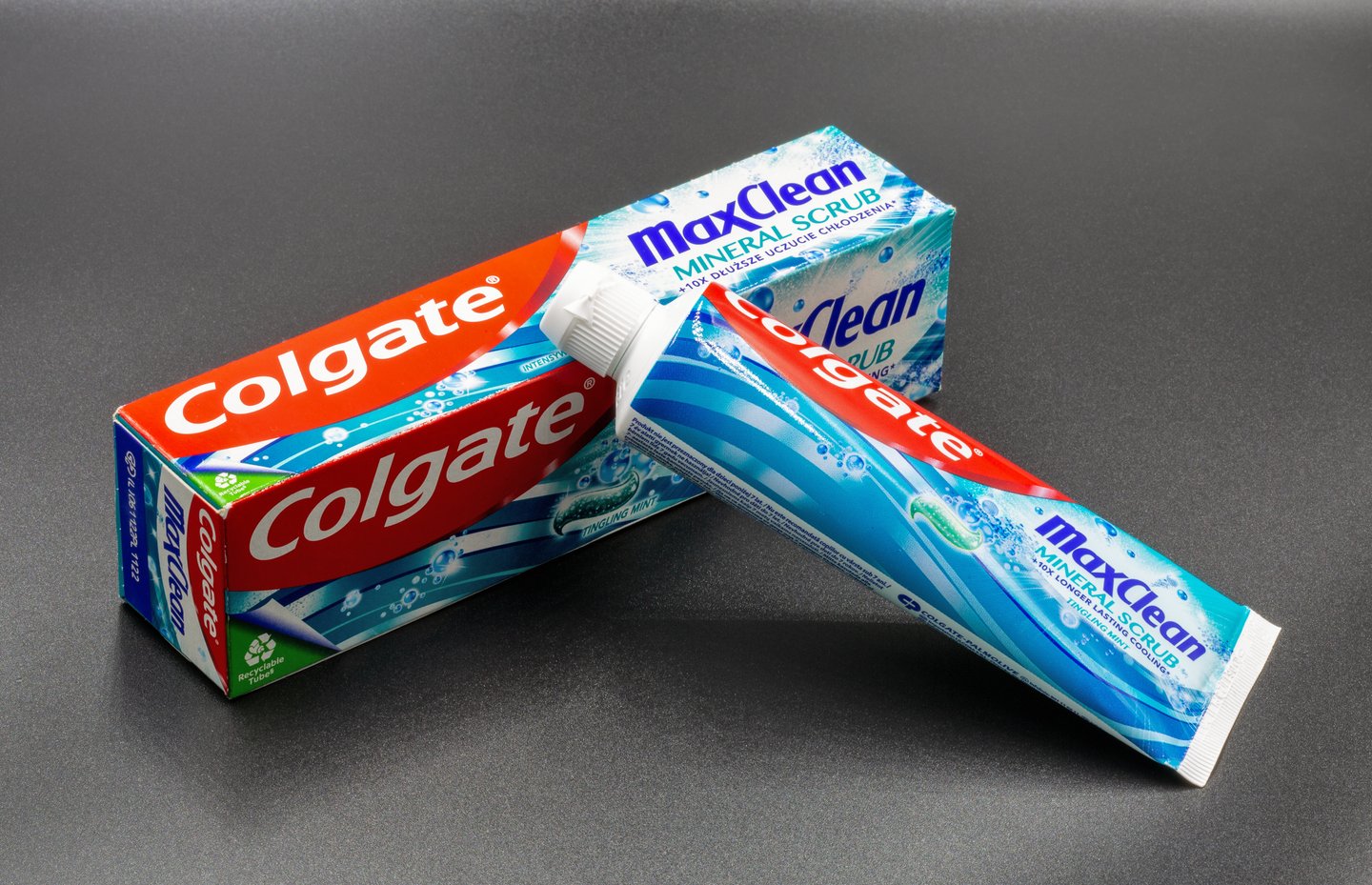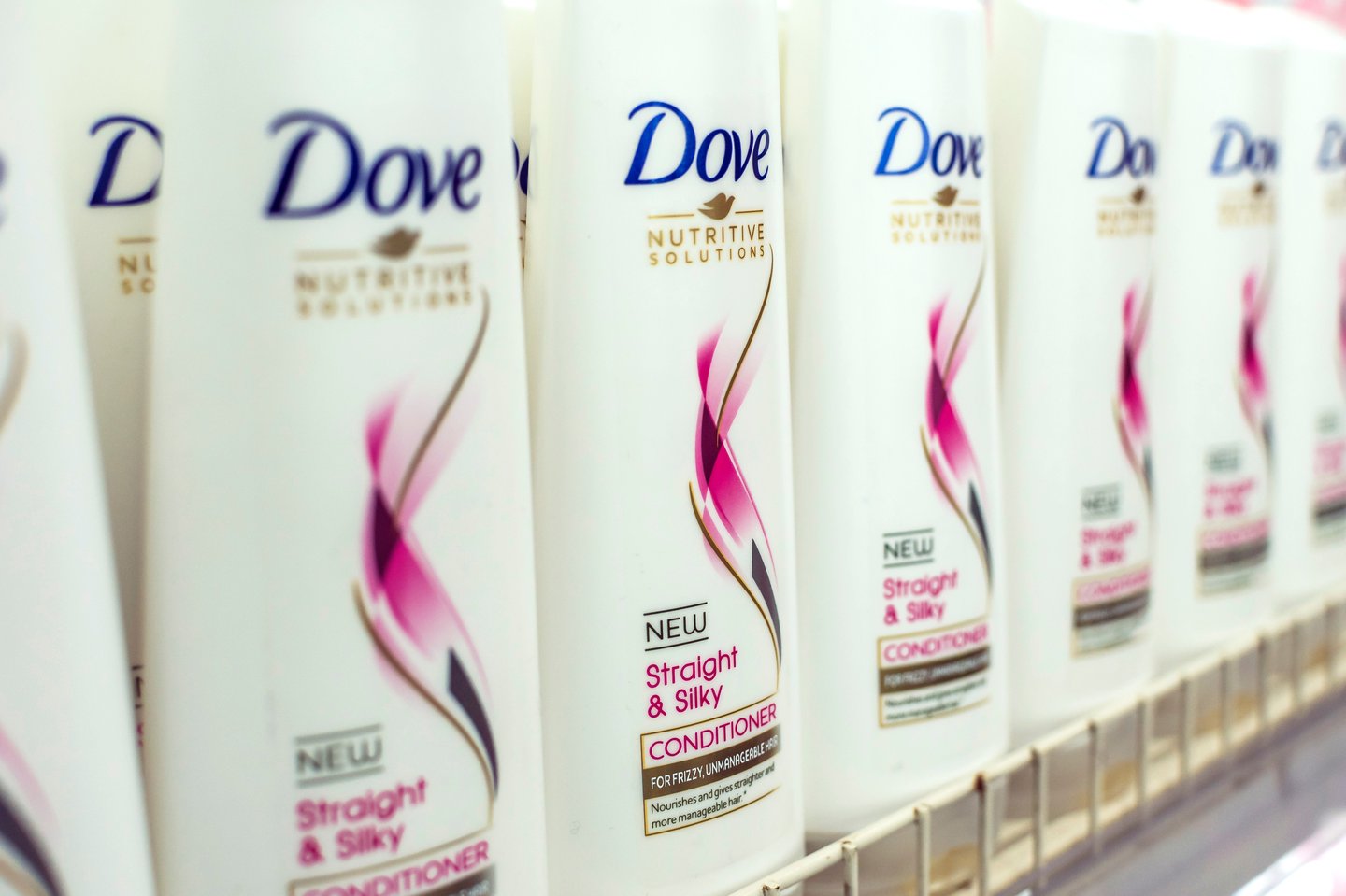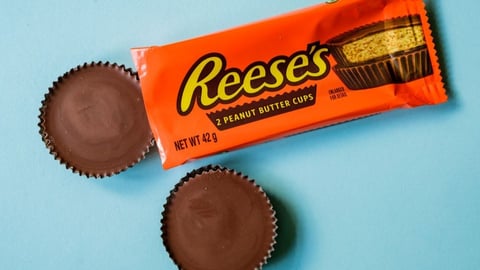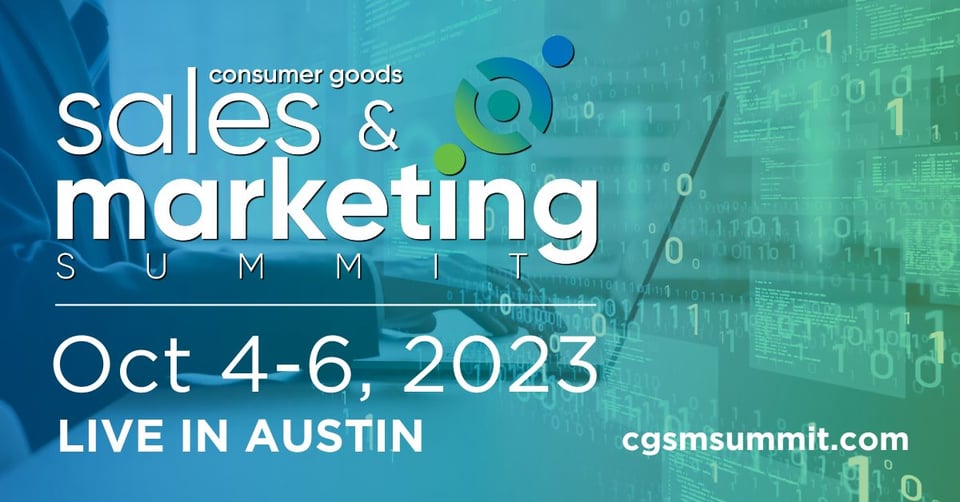P&G, KDP, Nestlé, Colgate-Palmolive & Unilever Respond to Dive in Consumer Sentiment
Consumer sentiment has reached its lowest level since Juluy 2022, according to the University of Michigan’s Consumer Sentiment Index, which recorded a reading of 52.2 in mid-April.
This is largely due to economic factors such as tariff volatility. The socio-political landscape, including changes in immigration policy, is also affecting sentiment and spending behavior.
The drop slowed mid-April following President Trump’s announcement of potential negotiations during a 90-day pause on tariff increases.
“There appears to be some headway being made in the tariff negotiations, with a deal at hand with Japan and comments that the U.S. is talking with China (though China has publicly denied this),” John Harmon, managing director of technology research for Coresight Research, told CGT.
Also read: NielsenIQ finds that Americans are putting off major purchases due to Tariffs
This could reassure consumers to spend again rather than socking away their cash, he added.
Many consumer goods companies are feeling the pressure, preparing their organizations to not only adjust supply chain practices due to the tariff environment, but also shift their pricing and marketing strategies to keep wary consumers engaged.
Here’s how CPGs are responding, according to recent earnings conversations.
Procter & Gamble
The consumer has been hit with a lot of volatility — market volatility that impacts their portfolios, 401(k)s and economic outlook — and provides uncertainty in the job market, said P&G’s CFO Andre Schulten.
The impact on prices and availability of goods is a lot to process, he added. Therefore, consumers’ logical response has been to press pause, which is reflected in retail traffic being down. In the U.S., in particular, he said this has led to a channel shift, where consumers are searching for the best value online, at big box retailers or in club channels.
“All of that put together means consumption levels are down in both Europe and the U.S.,” Schulten said. “The U.S. has been growing over the past 12 months around 3% in terms of value consumption.”
The company said it is calibrating its innovation with the consumer environment in mind, serving consumers across these more value-minded channels.
Keurig Dr Pepper
During its recent call with investors, Keurig Dr Pepper’s CEO Tim Cofer addressed a question about the impact on Hispanic/Latino consumers due to “immigration news and a lot of suppression.”
Cofer said Hispanic/Latino consumers are the second-largest demographic in the U.S., accounting for a meaningful percentage of KDP’s business and broader CPG purchases.
“Over the last couple of months, our data certainly is aligned with yours in terms of seeing softening trends among Hispanic consumers relative to the broader population,” he said. “And when you dig into that, you see that manifesting both in terms of fewer trips and spend per trip.”
Also: Keurig Dr Pepper’s push for sustainable, at-home coffee consumption
Year-to-date, Cofer said the slowdown is not yet sufficient to move the needle on KDP’s enterprise trends; however, he considers it a watch point and a contributing factor to the overall dampened consumer sentiment in the U.S.
Overall, Cofer said the company is eyeing affordability. “No doubt, particularly in this macro environment, consumer affordability is critical, and really demonstrating value to consumers is important in this inflationary environment.”
Nestlé
Nestlé CEO Laurent Freixe said consumers’ concerns have only worsened since the start of the year due to trade wars and the evolution of the financial markets. He’s seeing this translate into cautious consumption and increased savings.
However, the food and beverage industry is typically a resilient category in the context of economic uncertainty, he added. “People have to eat and drink every day.”
The company is considering a pricing strategy within this context, according to CFO Anna Manz.
“From a consumer perspective, it is still too early to get a clear read on elasticities,” Manz said. “Where pricing has been significant, there has initially been some impact on [real internal growth (RIG)]. We are monitoring this closely as consumers and the competitive environment adjust and stabilize.”
Colgate-Palmolive
Globally, there’s a lot of uncertainty, but the company saw slight improvements in March. Normalization is expected over the midterm toward the back half of the year, “as the consumers settle down and the economic uncertainty that surrounds the markets around the world improves,” according to Colgate-Palmolive’s CEO and president Noel Wallace.
Consumers will destock some of their pantries, but because Colgate-Palmolive’s portfolio includes everyday-use categories, the company expects them to return as the economic uncertainty improves.
In response, the company is fine-tuning its promotional strategy so that consumers still choose Colgate-Palmolive products even if they feel less certain about their own financial well-being.
Unilever
Unilever’s CEO Fernando Fernandez said that while the wider macroeconomic uncertainty will pose some risk and challenges to consumer confidence, the company has a robust and resilient business well placed to outperform.
The new CEO said the company will be “focusing on what it takes to drive demand and create desire at scale for our brands in an increasingly digitized world, where consumer choice and expectations are greater than ever before.”
“While the full picture on tariffs is still unfolding, our analysis suggests that, at this stage, the direct impact on our business will be limited, given the capital allocated in recent years to the U.S. and supply chains that are predominantly local,” Fernandez added.


